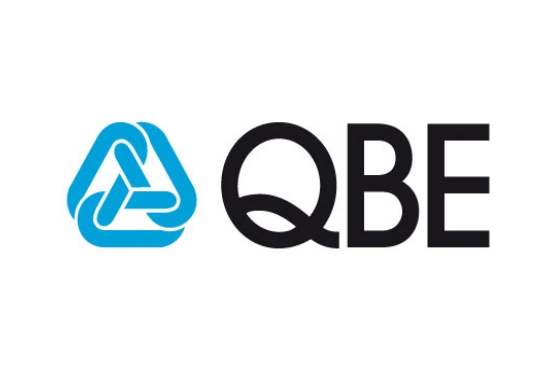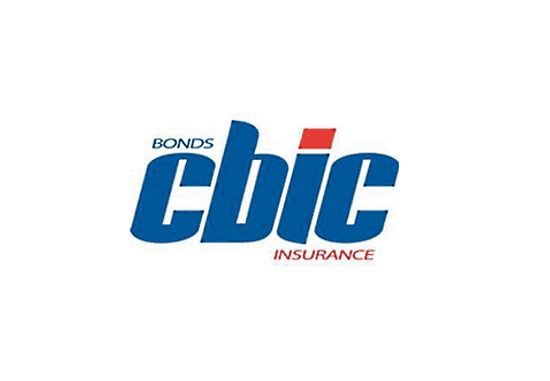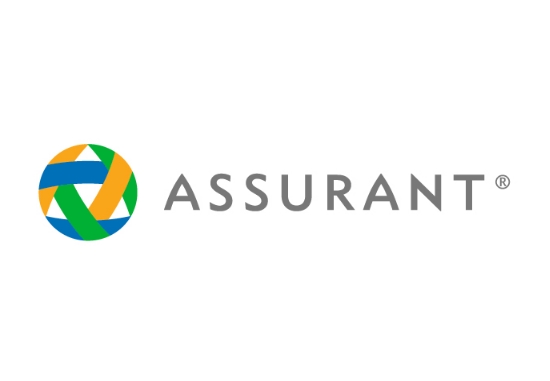What are 2 types of liabilities?
Exploring Two Types of Liabilities: Understanding Financial Obligations
Liabilities are an essential aspect of accounting and finance, representing the financial obligations a company or individual owes to external parties. In this article, we’ll delve into two primary types of liabilities, providing an in-depth understanding of each and their significance in financial management.
1. Current Liabilities:
- Current liabilities are financial obligations that are expected to be settled within the normal operating cycle of a business, typically within one year.
- Common examples of current liabilities include accounts payable, short-term loans, accrued expenses, and current portions of long-term debt.
- These liabilities play a crucial role in assessing a company’s short-term financial health and liquidity, as they represent the funds that must be paid out in the near future.
2. Long-Term Liabilities:
- Long-term liabilities refer to financial obligations that are due beyond the current operating cycle, typically extending beyond one year.
- Examples of long-term liabilities include long-term loans, bonds payable, deferred tax liabilities, and lease obligations.
- Unlike current liabilities, long-term liabilities have a more extended repayment period, often spanning several years, and are crucial in evaluating a company’s overall financial stability and solvency.
3. Significance in Financial Management:
- Current liabilities impact a company’s short-term liquidity and ability to meet its immediate financial obligations. Monitoring current liabilities helps businesses ensure they have sufficient funds to cover day-to-day operations.
- Long-term liabilities, on the other hand, provide financing for significant investments and expansion projects. Managing long-term liabilities effectively is essential for maintaining financial stability and sustaining growth over the long term.
4. Managing Liabilities:
- Effective liability management involves maintaining a balance between short-term and long-term obligations while ensuring the company’s financial health and stability.
- Strategies for managing liabilities may include refinancing debt, negotiating favorable loan terms, and optimizing working capital to minimize the reliance on external financing.
In conclusion, understanding the two primary types of liabilities—current and long-term—is essential for sound financial management. Current liabilities represent short-term financial obligations that impact liquidity, while long-term liabilities provide financing for larger investments and expansion plans. By effectively managing these liabilities, businesses can maintain financial stability and support sustainable growth in the long run.
We will find the best business insurance tailored to your needs. Read more…
Related Posts
Get a Right Insurance For You
SHARE THIS ARTICLE
We will compare quotes from trusted carriers for you and provide you with the best offer.
Protecting your future with us
Whatever your needs, give us a call, have you been told you can’t insure your risk, been turned down, or simply unhappy with your current insurance? Since 1995 we’ve been providing coverage to our customers, and helping people across United States.













